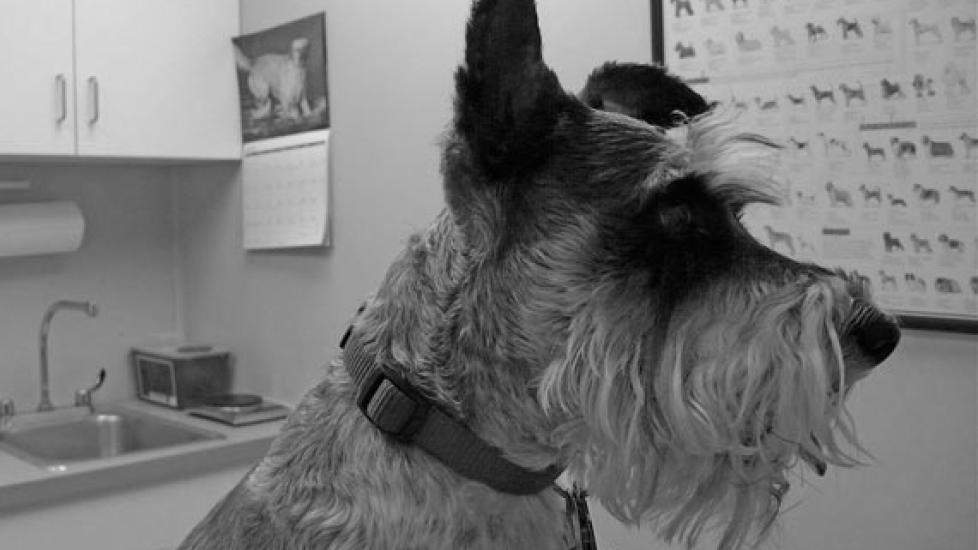What is Preventive Care?
Spring is a busy time for veterinarians. For the large animal folks out there, spring means calving/lambing/foaling season (take a look at Dr. O'Brien’s related and hilarious post if you haven’t already).
In small animal medicine, the winter season is usually pretty slow. More time indoors means fewer accidents and illnesses for our pets, but in the springtime all that changes. The kittens start arriving too, and even though dogs don’t have a seasonal aspect to their reproductive cycles, people seem more in the mood to add a puppy to the family this time of year.
Preventive medicine gets a boost in the spring too. Owners start thinking more about heartworms, fleas, ticks and intestinal parasites, even though many of these parasites actually pose a year-round risk. In small animal medicine, we don’t plan vaccinations according to the seasons (although this reminds me that my horse is due for his spring vaccines), but all those new puppies and kittens are getting started on their protocols right about now.
Let me give you an idea about what veterinarians are trying to assess during an appointment that focuses on preventive care.
The first part of a wellness visit is a health evaluation. This includes a thorough history including information about a pet’s breed, age, lifestyle, behavior, and diet; a comprehensive physical exam; and measuring some basic parameter like weight, temperature, and pulse and respiration rates. All of the information gathered during this part of the visit is initially used to assess whether a pet might actually be sick rather than well, which changes the entire nature of the appointment.
For example, if I note that your cat has lost a little weight, and in following that up with you, you say, "Yeah, now that you mention it, she has been eating more than normal," we will be spending the rest of the appointment discussing the need to test for hyperthyroidism, diabetes mellitus, and other diseases rather than what vaccinations she should get.
But, assuming that your pet gets a clean (or at least not too dirty) bill of health, the rest of the wellness visit deals almost exclusively with preventive care, which can be divided into several categories:
- Diagnostics (e.g., heartworm testing, FELV/FIV testing, fecal examinations, etc.)
- Parasite control (heartworms, external parasites, and intestinal parasites)
- Vaccination
- Identification (e.g., microchips)
- Reproductive counseling (e.g., spay/neuter)
- A plan for follow-up and the next routinely scheduled visit
Your veterinarian determines what is appropriate for your pet in each of these categories based on what was revealed during the health evaluation part of the appointment. The doctor should go over his or her recommendations with you and explain the reasoning behind each decision, but this is the time for you to bring up any questions or concerns that you don’t feel have been adequately addressed. As is true in all aspects of veterinary medicine, two-way communication between the doctor and owner is essential to success.
Adult pets should see a veterinarian at least annually (in some cases semi-annually is better) for an assessment of their preventive care needs. Puppies and kittens need more frequent visits — usually every 3-4 weeks until they are about four months old. If it’s been too long since your dog, cat, cockatiel, ferret, chinchilla, gecko … whatever, has been in for a check-up, let the onset of spring be the kick in the pants you need to make the appointment.

Dr. Jennifer Coates
Image: At the Vet by Maggie Osterberg / via Flickr
